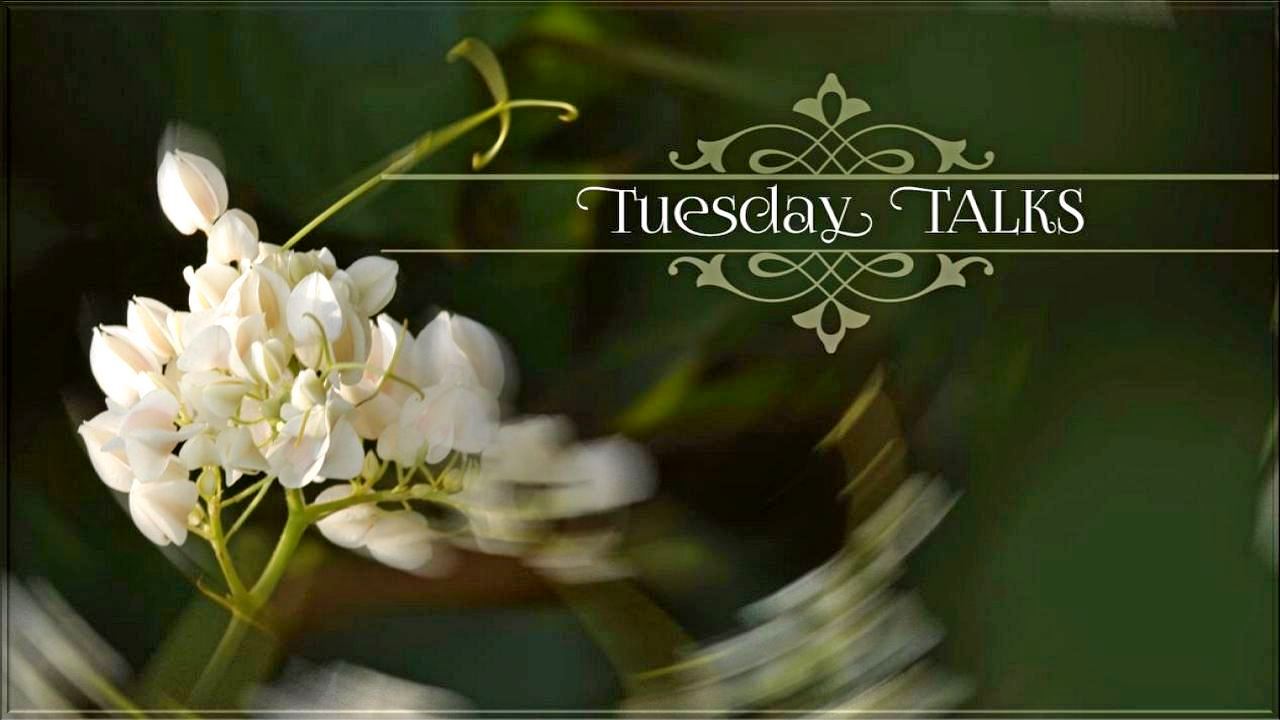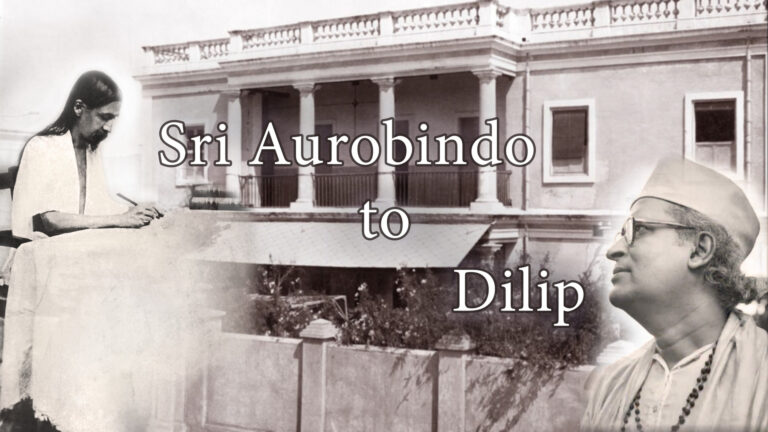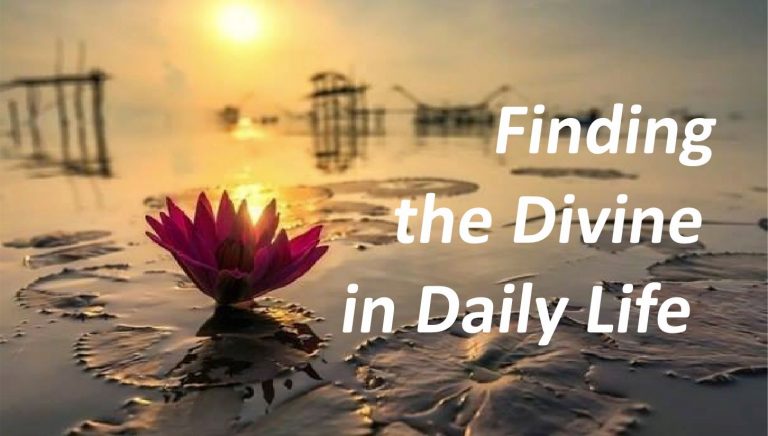Creativity and Health is a rather new area that is being explored of late with regard to its power in the healing process. Of course ancient Greece and India always knew its therapeutic value with regard to psychological problems. But recent studies show that the value goes beyond mere treating psychological conditions. The present talk explores some of these areas.
Words of Sri Aurobindo
‘THE ACTIVITY of human thought divides itself broadly into two groups of functions, those of the right hand, contemplation, creation, imagination, the centres that see the truth, and those of the left hand, criticism, reasoning, discrimination, inquiry, the centres that judge the truth when it is seen. In education the latter are fostered by scientific and manual training, but the only quality of the right hand that this education fosters is observation. For this reason a purely scientific education tends to make thought keen and clear-sighted within certain limits, but narrow, hard and cold. Even in his own sphere the man without any training of the right hand can only progress in a settled groove; he cannot broaden the base of human culture or enlarge the bounds of science. Tennyson describes him as an eye well practised in Nature, a spirit bounded and poor, and the description is just. But a cultivated eye without a cultivated spirit makes by no means the highest type of man. It is precisely the cultivation of the spirit that is the object of what is well called a liberal education, and the pursuits best calculated to cultivate the growth of the spirit are language, literature, the Arts, music, painting, sculpture or the study of these, philosophy, religion, history, the study and understanding of man through his works and of Nature and man through the interpretative as well as through the analytic faculties. These are the pursuits which belong to the intellectual activities of the right hand, and while the importance of most of these will be acknowledged, there is a tendency to ignore Art and poetry as mere refinements, luxuries of the rich and leisurely rather than things that are necessary to the mass of men or useful to life…
That which has helped man upward, must be preserved in order that he may not sink below the level he has attained. For man intellectually developed, mighty in scientific knowledge and the mastery of gross and subtle nature, using the elements as his servants and the world as his footstool, but undeveloped in heart and spirit, becomes only an inferior kind of Asura using the powers of a demigod to satisfy the nature of an animal. According to dim traditions and memories of the old world, of such a nature was the civilisation of old Atlantis, submerged beneath the Ocean when its greatness and its wickedness became too heavy a load for the earth to bear, and our own legends of the Asuras represent a similar consciousness of a great but abortive development in humanity……
The first and lowest use of Art is the purely aesthetic, the second is the intellectual or educative, the third and highest the spiritual. By speaking of the aesthetic use as the lowest, we do not wish to imply that it is not of immense value to humanity, but simply to assign to it its comparative value in relation to the higher uses. The aesthetic is of immense importance and until it has done its work, mankind is not really fitted to make full use of Art on the higher planes of human development. Aristotle assigns a high value to tragedy because of its purifying force. He describes its effect as katharsis, a sacramental word of the Greek mysteries, which, in the secret discipline of the ancient Greek Tantrics, answered precisely to our cittasuddhi, the purification of the cittaor mass of established ideas, feelings and actional habits in a man either by samyama, rejection, or bybhoga, satisfaction, or by both. Aristotle was speaking of the purification of feelings, passions and emotions in the heart through imaginative treatment in poetry but the truth the idea contains is of much wider application and constitutes the justification of the aesthetic side of art. It purifies by beauty…….
THE WORK of purifying conduct through outward form and habitual and seemly regulation of expression, manner and action is the lowest of the many services which the artistic sense has done to humanity, and yet how wide is the field it covers and how important and indispensable have its workings been to the progress of civilisation! A still more important and indispensable activity of the sense of beauty is the powerful help it has given to the formation of morality. We do not ordinarily recognise how largely our sense of virtue is a sense of the beautiful in conduct and our sense of sin a sense of ugliness and deformity in conduct. It may easily be recognized in the lower and more physical workings, as for instance in the shuddering recoil from cruelty, blood, torture as things intolerably hideous to sight and imagination or in the aesthetic disgust at sensual excesses and the strong sense, awakened by this disgust, of the charm of purity and the beauty of virginity……..
The third activity of the aesthetic faculty, higher than the two already described, the highest activity of the artistic sense before it rises to the plane of the intellect, is the direct purifying of the emotions. This is the katharsis of which Aristotle spoke. The sense of pleasure and delight in the emotional aspects of life and action, this is the poetry of life, just as the regulating and beautiful arrangement of character and action is the art of life. We have seen how the latter purifies, but the purifying force of the former is still more potent for good. Our life is largely made up of the eight rasas. The movements of the heart in its enjoyment of action, its own and that of others, may either be directed downwards, as is the case with the animals and animal men, to the mere satisfaction of the ten sense-organs and the vital desires which make instruments of the senses in the average sensual man, or they may work for the satisfaction of the heart itself in a predominatingly emotional enjoyment of life, or they may be directed upwards through the medium of the intellect, rational and intuitional, to attainment of delight through the seizing on the source of all delight, the Spirit, the satyam, sundaram, snandam who is beyond and around, the source and the basis of all this world-wide activity, evolution and progress. When the heart works for itself, then it enjoys the poetry of life, the delight of emotions, the wonder, pathos, beauty, enjoyableness, lovableness, calm, serenity, clarity and also the grandeur, heroism, passion, fury, terror and horror of life, of man, of Nature, of the phenomenal manifestation of God. This is not the highest, but it is higher than the animal, vital and externally aesthetic developments. The large part it plays in life is obvious, but in life it is hampered by the demands of the body and the vital passions. Here comes in the first mighty utility, the triumphant activity of themost energetic forms of art and poetry. They provide a field in which these pressing claims of the animal can be excluded and the emotions, working disinterestedly for the satisfaction of the heart and the imagination alone, can do the work of katharsis, emotional purification, of which Aristotle spoke.Cittasuddhi, the purification of the heart, is the appointed road by which man arrives at his higher fulfilment, and, if it can be shown that poetry and art are powerful agents towards that end, their supreme importance is established. They are that, and more than that. It is only one of the great uses of these things which men nowadays are inclined to regard as mere ornaments of life and therefore of secondary importance.’
The National Value of Art, pp. 438 – 445




About Savitri | B1C1-10 The Response of Earth (p.5)